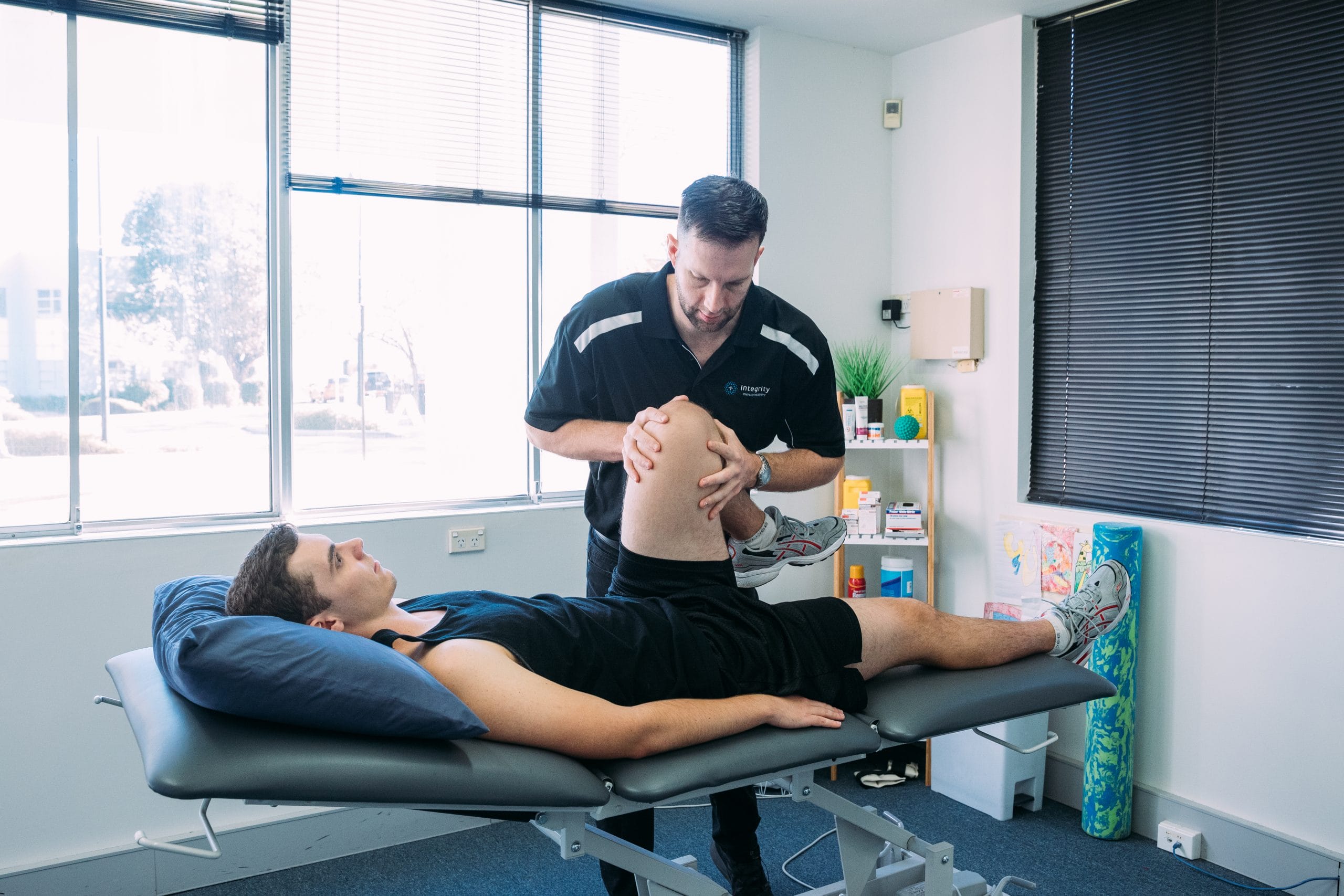
Have you ever noticed how a seemingly minor discomfort in your body can have a huge impact on your daily activities and overall quality of life? Pain, especially in sensitive areas like your lower back and tailbone, can be particularly frustrating.
Coccyx pain and sciatica are both quite common and can often be mistaken for each other. The coccyx, or tailbone, is the small bone at the base of your spine that can become painful for a range of reasons. Sciatica is a type of pain affecting your large sciatic nerve that extends from the lower back down to each leg.
Can coccyx pain cause sciatica? It’s actually a bit more complex than just a simple yes or no.
Understanding coccyx pain
Your coccyx, or tailbone, is the very bottom portion of your spine. Despite its small size, it plays a pretty key role. It sits just below your sacrum and supports and stabilises you while you’re sitting, especially if you’re leaning back.
Coccyx pain, or coccydynia, can arise from several sources. It’s frequently caused by direct trauma, like a fall onto the tailbone or repeated impact during activities like cycling. Prolonged sitting on hard or poorly cushioned surfaces can also lead to discomfort. Childbirth is also a common cause of coccyx pain, as the coccyx becomes more flexible towards the end of pregnancy and can be injured or strained during labour.
Symptoms of coccyx pain include:
- Dull or sharp ache at the base of the spine that may worsen when sitting down or transitioning from sitting to standing.
- Pain when pressure is applied directly to the tailbone area.
- Discomfort that radiates to the legs, buttocks, or even back.
Suffering with coccyx pain? Here’s how to get a good night’s sleep.
Understanding sciatica
Sciatica describes pain that radiates along the path of your sciatic nerve, which is the longest and widest nerve in the human body. This nerve extends from your lower back, through the buttocks, and down the legs, ending just below the knee. Sciatica is a symptom of an underlying problem affecting the nerve.
One cause of sciatica is a herniated disc in the spine which presses against your sciatic nerve. Other causes can include spinal stenosis (narrowing of the spinal canal), piriformis syndrome (a tight piriformis muscle in the buttocks that compresses your sciatic nerve), pregnancy, and other conditions that might put pressure on your sciatic nerve. Often, irritation of the sciatic nerve is non-structural and is associated with inflammation, irritation and tightness in local musculoskeletal structures.
Symptoms of sciatica include:
- Pain that radiates from your lower back to your buttock and down your leg.
- Pain ranging from a mild ache to a sharp, burning sensation.
- Pain that feels like a jolt or electric shock.
- Pain that starts gradually and intensifies over time.
- Numbness, tingling, or muscle weakness along the nerve pathway.
- Difficulty moving or controlling your leg (in more severe cases).
Can coccyx pain cause sciatica?
The relationship between coccyx pain and sciatica is complex and often a subject of confusion. While both conditions are linked to the lower back region, their direct anatomical connections are actually limited.
The coccyx itself doesn’t directly intersect with the sciatic nerve. That said, the network of nerves around the coccyx and lower spine can contribute to pain patterns that mimic or influence sciatic nerve discomfort.
Indirectly, coccyx pain can impact the alignment and functioning of the lower spine and pelvic area. When the coccyx is injured or strained, changes in posture or compensatory movements may put additional stress on the lower back and hips. This can lead to conditions that might irritate the sciatic nerve, like muscle imbalances or altered spinal dynamics.
For example, someone with persistent coccyx pain might adopt a different sitting or walking posture to minimise discomfort, unknowingly straining areas that affect the sciatic nerve pathway.
Medical professionals often note that while coccyx pain does not directly cause sciatica, the resulting postural adjustments and interconnectedness of musculoskeletal and nerve structures in the lower back can create a scenario where sciatica is more likely to occur.
Management and relief strategies
If you’re dealing with coccyx pain or sciatica, don’t worry – there are strategies you can implement to manage symptoms and find relief.
Managing coccyx pain
- Start at home. Use specialised cushions designed with a cutout at the back to relieve pressure on the coccyx while sitting. Try to stand and stretch at regular intervals to relieve pressure.
- Use heat therapy. Applying heat to the coccyx area can help relax tight muscles and alleviate pain. Try a warm bath or a heating pad applied for 15-20 minutes a few times a day.
- Look at your diet and hydration. Keeping your diet healthy and staying hydrated can help reduce inflammation in the body, which in turn can help with pain. High-fibre foods are also good for preventing constipation, and less strain with bowel movements means less chance for coccyx pain to worsen.
- Work on your posture. Proper alignment of the spine can reduce stress on the coccyx. Look at ergonomic chairs that can tilt forward to reduce pressure on your coccyx.
- See a physio for coccyx pain. A physiotherapist can guide you through specific exercises that strengthen the muscles supporting your spine and pelvic area, which can help stabilise the coccyx. Gentle stretching exercises can also increase flexibility and reduce tension in the muscles around to coccyx.
Need some relief? Here’s how to sit with coccyx pain.
Managing sciatica
- Don’t sit still. It’s important to stay active while avoiding movements that trigger or worsen pain. Gentle walking and mild stretching can help maintain mobility and reduce nerve compression.
- Try some alternative therapies. Acupuncture, dry needling, and massage therapy can be really beneficial for pain relief. Acupuncture and dry needling can help release your body’s natural painkillers and stimulate nerve function, while massage therapy can increase blood circulation and muscle relaxation.
- See a physio for sciatica. Physio is crucial when it comes to effectively managing sciatica. A physio can develop a regimen that includes exercises to strengthen your lower back and leg muscles, alleviating pressure on the sciatic nerve. They can also use manual therapies to reduce pain and inflammation in your appointment.
Sciatica not going away? Here’s why.
Tackle your pain head-on
If tailbone discomfort or shooting leg pains are slowing you down, it’s time to address the issue. While coccyx pain doesn’t directly cause sciatica, the two can interact in ways that worsen your symptoms. At Integrity Physio Como, we provide personalised care that targets the root cause of your pain, helping you regain mobility and comfort.
Get back to living pain-free. Book an appointment with one of our physios for coccyx pain today!

